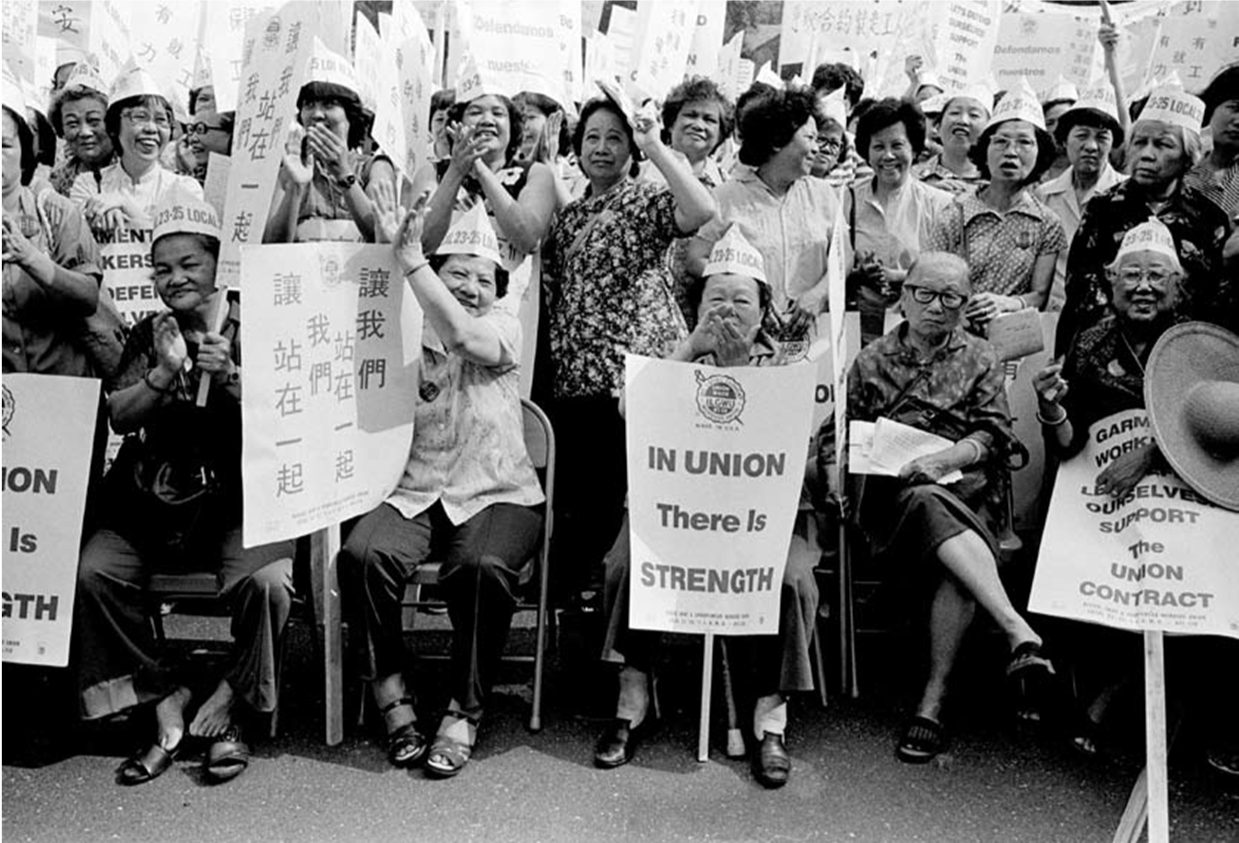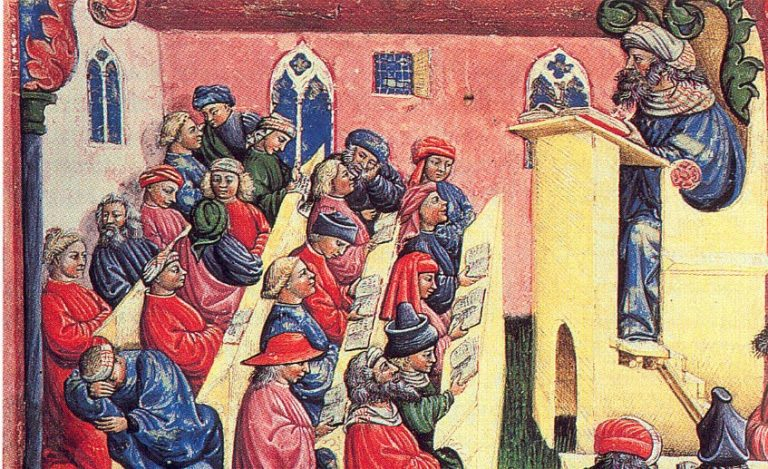Asian American women’s history reveals a rich tapestry of narratives often overlooked in the broader scope of U.S. history. This tale includes the significant contributions of Asian American women who have shaped cultures, fought for rights, and forged paths in diverse fields. In recent times, exhibitions like the one at the Schlesinger Library illuminate these often-invisible histories through archival artifacts, showcasing the importance of Asian American culture. As scholars and students collaborate to narrate these stories, they challenge the cultural erasure that has silenced many voices in history. By revisiting these narratives, we not only honor the women in history but also pave the way for future generations to recognize their invaluable legacy.
The exploration of the narratives surrounding Asian American women offers a unique insight into the intersection of race, gender, and identity in the American landscape. Often categorized as minor figures in historical discourse, these women have played pivotal roles in shaping societal norms and cultural expressions. The Schlesinger Library’s recent exhibit serves as a vital resource for understanding the often-unrecognized contributions of Asian women, highlighting their stories amidst a backdrop of challenges such as exclusion and diaspora. By showcasing these hidden narratives, we can better appreciate the complex layers of American cultural heritage and the critical agency of Asian American women in an evolving society. This endeavor not only promotes awareness but also advocates for a more inclusive retelling of American history.
The Hidden Legacy of Asian American Women’s History
Asian American women’s history is often relegated to the sidelines, yet it encompasses pivotal contributions and stories that have shaped the cultural landscape of the United States. This rich legacy is highlighted through various initiatives, including the Schlesinger Library exhibit, ‘Illuminate: Contextualizing Asian American Women’s Stories Through the Archives’. By showcasing artifacts and narratives from over 150 years, the exhibit draws attention to the resilience and unrecognized achievements of these women. Rather than merely being footnotes in history, they represent a significant narrative that intertwines with the broader context of American history itself.
The stories of Asian American women often have layers of complexity that reflect their experiences across dual identities. For instance, the exhibition looks at instances of cultural erasure, where these women’s contributions were either overlooked or dismissed, likening their roles to living exhibits, similar to those seen at the 1904 St. Louis World’s Fair. This erasure underscores the importance of recounting their histories and advocating for recognition. By focusing on figures like Ah Fong, who fought legal battles for their rights, the exhibit aims to reclaim their narrative and highlight the importance of their stories in the context of American culture.
Exploring Asian American Culture Through Archives
The relationship between unearthing historical archives and understanding Asian American culture is critical for recognizing the intertwined narratives of race and gender. The Schlesinger Library serves as a vital resource for scholars and students eager to explore the depths of these narratives. By examining items such as court documents, family records, and personal stories, researchers can piece together a comprehensive view of how Asian American women have navigated and influenced their environments. Iconic figures such as Grace Zia Chu and Madhur Jaffrey showcase the diverse roles these women have played as cultural historians, chefs, and authors, contributing significantly to American culinary arts while challenging stereotypes.
Furthermore, examining the archiving practices at institutions like the Schlesinger Library reveals underlying biases that have historically marginalized Asian American women’s voices. Curator Victor Betts emphasizes the need to diversify existing collections to include underrepresented stories. The current exhibit not only illuminates individual tales but also encourages viewers to engage critically with the broader themes of immigration, exclusion, and representation in contemporary society. This exploration promotes an understanding that Asian American culture is not a monolith but a tapestry enriched by the myriad experiences of women who have often been overlooked.
Art as a Medium for Cultural Expression
Art plays a pivotal role in bringing attention to social issues, and the Schlesinger exhibit cleverly incorporates artistic elements to enhance the experience. Local artist Shaina Lu’s commissioned artwork offers a unique lens through which to view the archival materials. The translucent illustrations are more than mere decorations; they symbolize the filtering of light as a metaphor for shedding light on histories that remain largely in the shadows. By blending art with archival storytelling, the exhibit creates an immersive experience that allows visitors to engage both emotionally and intellectually with the narratives of Asian American women.
Moreover, the use of art as a method for cultural expression can provoke dialogue and inspire activism within communities. As much of Boston’s Chinatown organizing history reveals, Asian American women have taken an active role in advocating for justice and rights. Through the exhibit, the artistic elements are not only celebratory but also serve as a call to action—their relevance echoing through both history and the contemporary fight against societal injustices. Such presentations underscore the potential of art to challenge societal norms and promote healing through collective storytelling.
The Intersection of Archival Work and Education
Education plays a crucial role in recognizing and amplifying marginalized histories, as demonstrated by the collaborative course co-taught at the Schlesinger Library. Students engage actively with archival materials, exploring not just the histories of Asian American women but also the critical framework of erasure and visibility in historical narratives. This collaborative learning environment fosters a deeper understanding of the academic importance of these stories, motivating students to contribute to ongoing historical discourses through research and artistic expression.
Such educational initiatives produce a new generation of historians who are more aware of the need to examine power structures that have shaped historical narratives. By empowering students to excavate and narrate Asian American women’s histories themselves, educators like Betts and Lee encourage a shift towards inclusivity in historical scholarship. This approach not only expands the academic understanding of history but also creates opportunities for future scholars to address the gaps that persist in the narration of American culture and history.
Addressing Cultural Erasure and Marginality
Cultural erasure is a persistent theme in the histories of many marginalized groups, and Asian American women’s stories exemplify this phenomenon. The exhibition prompts us to interrogate why these narratives have been pushed to the margins and encourages dialogue around their visibility in historical discourses. The stories of women who faced systemic exclusion demonstrate the power dynamics at play in measuring whose history gets told and whose does not. By shedding light on these narratives, we can begin to confront the cultural erasure that has silenced the voices of Asian American women for generations.
Betts’ commentary about the marginalization of these stories resonates deeply with current social movements that call for a re-examination of historical perspectives. As awareness of anti-Asian racism burgeons in society, understanding the historical contexts of these experiences becomes all the more critical. Engaging with Asian American women’s histories allows us to challenge existing narratives and reconstruct a more inclusive storytelling framework that recognizes the complexities of identity and belonging in American history.
Contributions of Asian American Women to Social Justice
Throughout history, Asian American women have been at the forefront of social justice movements, often taking on roles that are overlooked in mainstream narratives. The exhibit highlights these contributions and challenges the perception that their activism is a recent phenomenon. From leading community organizations to advocating for civil rights, these women have utilized their platforms to enact change and promote equity. As evidenced by the stories revealed in the exhibition, many Asian American women were integral to movements that shifted public policy and community sentiment.
For example, the narratives surrounding women like Ah Fong serve as a testament to their pioneering spirit. Through legal action, they challenged the institutions that sought to marginalize them, leaving behind a legacy of resistance and empowerment. The intersection of their stories with broader themes—such as immigration, exclusion, and identity—illuminates how deeply their lived experiences are entangled with the fabric of American history and society. This dual focus on personal stories and collective movements illustrates the powerful impact of Asian American women on social justice.
Asian American Women in Educational Reform
Asian American women have played pivotal roles in shaping educational reforms throughout America’s history. Their unique experiences as both minorities and women in predominantly white academic institutions have compelled them to advocate for changes that promote diversity, equity, and inclusion in education. The Schlesinger Library exhibit invites viewers to consider the historical context in which these women operated, showcasing their efforts to establish programs and initiatives that specifically addressed the needs of Asian American students and families.
As educators and advocates, these women have spearheaded programs that not only celebrate Asian American culture but also confront stereotypes and biases within educational curricula. In doing so, they have worked to ensure that the history and contributions of Asian American communities are respected and accurately represented in educational settings. This critical lens on their contributions underscores the importance of inclusive education and how the efforts of a few can lead to systemic change in how history is taught and understood in classrooms today.
Challenges of Documenting Asian American History
The documentation of Asian American history is fraught with challenges, particularly regarding the representation of women’s stories. The historical lack of visibility has created a significant barrier to constructing a comprehensive understanding of Asian American heritage. The Schlesinger Library’s efforts to collect and curate these narratives emphasize the need for ongoing advocacy in archiving practices. Many stories remain untold, and archivists face the challenge of actively seeking out materials that highlight the experiences of Asian American women, who often navigated dual identities of race and gender.
Moreover, the process of collecting these narratives requires sensitivity to the cultural and personal implications involved. As researchers delve into the lives of these women, they must navigate issues of privacy, representation, and the impact of colonial histories. The exhibit illuminates these challenges while also offering a hopeful vision for future archiving practices, advocating for more equitable and inclusive approaches that celebrate the richness of Asian American women’s stories and contributions.
The Future of Asian American Women’s Narratives
The future of Asian American women’s narratives rests upon contemporary efforts to elevate these stories within the broader historical discourse. Scholarship, activism, and artistic representation all play crucial roles in ensuring that their contributions are acknowledged and respected. Initiatives like the Schlesinger Library’s exhibit serve as both a retrospective and a catalyst for future scholarship, challenging institutions to prioritize the inclusion of marginalized voices in historical narratives. As awareness of these histories grows, so does the recognition of their relevance in addressing current social issues.
Furthermore, educators and students engaged in these explorations highlight the transformative potential of sharing Asian American women’s stories. The engagement with archival material fosters a sense of ownership and accountability in narrating these histories. As new generations take up the mantle of these narratives, they will not only continue the work of recognition but also adapt these histories to resonate with modern audiences, ensuring that Asian American women’s stories remain pivotal in understanding the American experience.
Frequently Asked Questions
What is the significance of the Schlesinger Library exhibit on Asian American women’s history?
The Schlesinger Library exhibit titled ‘Illuminate: Contextualizing Asian American Women’s Stories Through the Archives’ highlights the often overlooked narratives of Asian American women throughout American history. The exhibit features artifacts and archival materials that span 150 years and invites visitors to reassess their assumptions about the roles these women have played in shaping both Asian American culture and broader U.S. history.
How does the Schlesinger Library exhibit address cultural erasure in Asian American women’s history?
The exhibit confronts cultural erasure by showcasing the stories and images of Asian American women, such as those included in the 1904 St. Louis World’s Fair, emphasizing their past invisibility. By documenting their experiences and contributions, the exhibit advocates for the recognition of Asian American women’s voices, which have historically been marginalized or erased from mainstream narratives.
What types of archival materials are featured in the exhibit on Asian American women’s history?
The exhibit features a diverse range of archival materials including photographs, political posters, comic books, and zines, which collectively provide a historical context for Asian American women’s experiences. Notable items include the work of early female photojournalist Jessie Tarbox Beals and personal stories that contribute to understanding Asian American culture and the social issues these women faced.
In what ways do students contribute to the understanding of Asian American women’s history through the Schlesinger Library exhibit?
Students actively engage in researching and presenting Asian American women’s history through projects that utilize archival materials from the Schlesinger Library. Their work informs the public about historical figures like Ah Fong, a Chinese woman who played a crucial role in immigration law, thus enriching the understanding of women’s roles in Asian American history.
Why is it important to include Asian American women’s stories in the broader narrative of American history?
Including Asian American women’s stories in the broader narrative of American history is crucial because it ensures a comprehensive understanding of U.S. history. These narratives provide insight into the diverse experiences and contributions of Asian Americans, challenging the dominant historical narrative that often overlooks their significance and enriching the tapestry of American culture and identity.
How does the exhibit ‘Illuminate’ challenge the narrative surrounding women in history?
The exhibit ‘Illuminate’ challenges the narrative surrounding women in history by highlighting the often-neglected contributions of Asian American women, thus broadening the definitions of gender and racial identity in historical discourse. By featuring their stories alongside significant events like the Chinese Exclusion Act and Japanese internment, it encourages reflection on the complexities and intersections of race, gender, and history.
What role do contemporary Asian American women play in preserving their own history according to the Schlesinger Library?
Contemporary Asian American women actively participate in preserving their history by sharing their own stories through various forms of media, including donations of personal archives. The Schlesinger Library showcases these narratives, providing a platform for Asian American women to define their identities and experiences on their own terms, thus reclaiming a space in the historical record.
| Key Points | Details |
|---|---|
| Exhibition Theme | Illuminate: Contextualizing Asian American Women’s Stories Through the Archives highlights the often invisible history of Asian American women. |
| Historical Artifacts | The exhibit features artifacts from as far back as 150 years, including photos of Ainu and Visayan women at the 1904 World’s Fair. |
| Educational Collaboration | The exhibit was developed in conjunction with an undergraduate course co-taught by Victor Betts and Erika Lee. |
| Student Research | Students researched various narratives, revealing the importance of Asian American women’s history in American history. |
| Cultural Significance | The exhibition places Asian American women’s narratives in the context of historical injustices, including the Chinese Exclusion Act and Japanese American internment. |
| Artistic Contribution | Art by Shaina Lu complements archival materials and highlights women’s leadership in Boston’s Chinatown. |
| Future Efforts | The Schlesinger Library aims to expand collections related to Asian and Asian American women’s stories. |
Summary
Asian American women’s history is an integral part of the broader narrative of American history, often overshadowed yet rich with significance. The recent exhibition at the Schlesinger Library, “Illuminate: Contextualizing Asian American Women’s Stories Through the Archives,” shines a necessary spotlight on the contributions and stories of Asian American women, challenging the invisibility that has characterized their history. By exploring diverse artifacts, engaging students in research, and integrating artistic expressions, the exhibit reveals the depth and complexity of these women’s lives across generations. It emphasizes the importance of recognizing their role in shaping American culture and history, particularly in relation to significant historical events such as the Chinese Exclusion Act and the Civil Rights movement. Ultimately, the exhibition invites us to reconsider the narratives that have been marginalized and to acknowledge that the history of Asian American women is, in fact, a vital part of the American story.



